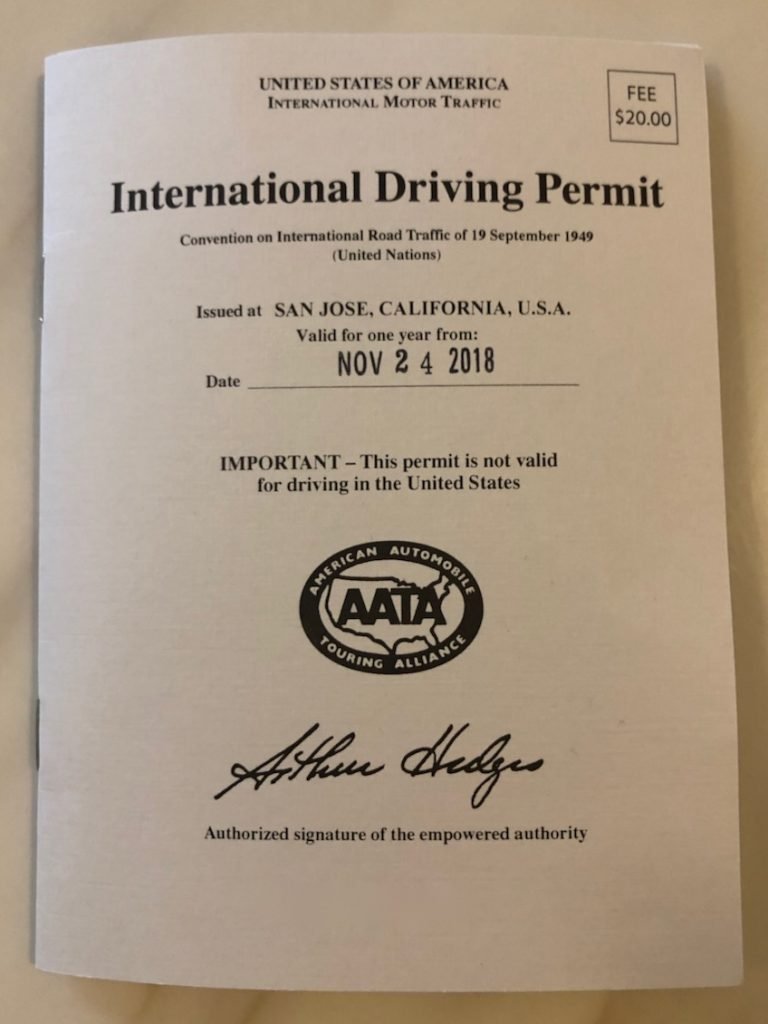Is an international driver’s license required in Spain?When planning to drive abroad, many travelers ask: Is an international driver’s license required in Spain? The answer is yes, in most cases, but the details vary depending on your nationality and length of stay. Spain, like many countries, recognizes the International Driving Permit (IDP) as a translation of your existing license, making it easier to drive legally and avoid fines. In this guide, we’ll explore how the IDP works, which countries require it, and real examples of recognition policies worldwide.
What Is an International Driving Permit (IDP)?
An International Driving Permit is an official document that translates your home driver’s license into multiple languages. It does not replace your original license, but it must be carried alongside it. The IDP is recognized in over 150 countries and is based on international agreements like the 1949 Geneva Convention on Road Traffic and the 1968 Vienna Convention on Road Traffic.
For more background, you can check the detailed explanation on Wikipedia.
Recognition of International Driving Permits by Region
Europe
Most European countries, including Spain, France, Italy, and Germany, recognize the IDP. For example:
- Spain requires non-EU visitors to carry an IDP when renting or driving a car. EU citizens can use their national licenses without an IDP.
- France accepts an IDP for travelers from outside the EU but often requires a notarized translation of licenses written in non-Latin alphabets.
- Italy makes the IDP mandatory for all non-EU drivers, particularly when renting vehicles.
So if you’re wondering again, “Is an international driver’s license required in Spain?”, the clear answer is yes if you are from outside the EU, and it helps avoid complications with rental companies and police checks.
North America
- United States: The U.S. does not require an IDP for foreign drivers if their license is in English, but many rental agencies still request it for convenience.
- Canada: Recognizes IDPs, but most provinces allow driving with a foreign license for up to 90 days.
Asia
- Japan strictly requires the IDP issued under the 1949 Geneva Convention. Without it, drivers risk heavy fines.
- China does not recognize the IDP at all. Visitors must obtain a temporary Chinese driving license.
Africa
- South Africa recognizes the IDP and strongly advises travelers to carry it, especially if the license is not in English.
- Egypt requires an IDP for all foreign drivers.
Latin America
- Brazil allows driving with a home license and an IDP for up to 180 days.
- Argentina also requires an IDP for all non-Mercosur country drivers.
Why Carry an IDP Even if Not Always Required?
Even in countries where the IDP is not legally required, it serves as a helpful translation that prevents misunderstandings with police, rental agencies, or insurance providers. For example, a driver from South Korea with a license in Hangul may face difficulties renting a car in Italy or Spain without an IDP translation.
How to Obtain an IDP
The IDP is typically issued by your national automobile association or licensing authority. For example, in the United States, the American Automobile Association (AAA) issues IDPs. Always apply in your home country before traveling, since foreign governments will not issue one to visitors.
For more details about obtaining recognized driving permits, visit European Drivers License.
Conclusion
Understanding International Driving Permit recognition by country is essential for safe and legal travel. While rules differ worldwide, the general advice is to carry an IDP alongside your national license to avoid legal trouble. And for those planning a trip to Spain, remember: Is an international driver’s license required in Spain? — yes, unless you are an EU resident. Carrying one ensures a smoother travel experience, especially when renting cars or dealing with authorities abroad.


